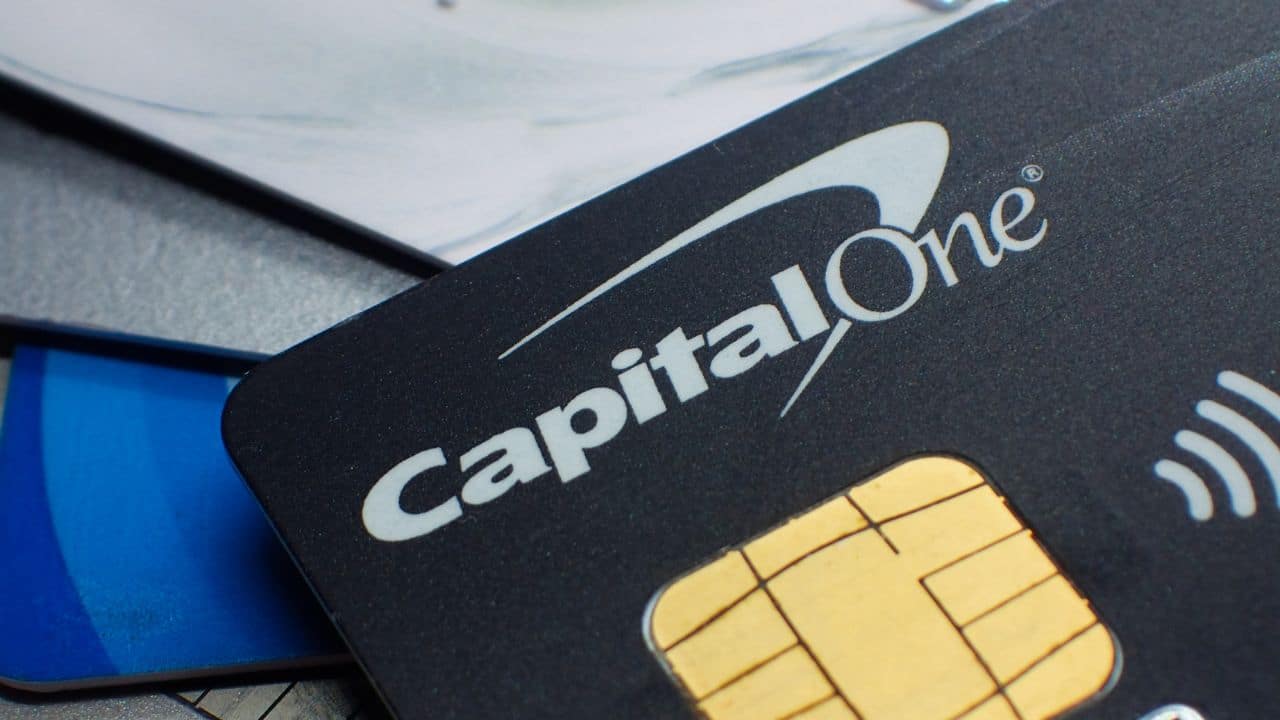13 Ways to Teach Your Kids Good Money Habits Young

Learning starts at home. But along with ABCs and 123s, there’s something else parents should be teaching their children about: money.
While it may seem like a complex topic, the earlier your kids learn the foundations of money and managing their finances, the better off they will be as they enter adulthood. Most of the time, it falls on the parents to teach their children, because not many schools include it in their curriculum.
But how do you go about teaching your kids about money? We’ve compiled a list of tips.
1. You Set the Example

You are your child’s first teacher, and they absorb everything, including your money habits. If you’re always spending, they’re going to think that’s normal.
However, if you’re conservative—not overly frugal—with your finances, your kid will notice those habits, too. Children tend to mimic their parents in many ways, so set a good example when it comes to your finances.
2. Provide a Clear Visual of Savings

One of the most popular savings tools for young children is a piggy bank. Parents or grandparents usually give them one with a few bucks or coins to start them off. The problem is, you can’t see inside and unless they write every deposit down, they don’t have a clear picture of what’s inside.
In this case, a clear jar works and they can see their money adding up. That will instill a lesson that when you put money away, it grows.
3. Make Them Earn It

If children are constantly given money for doing nothing, they don’t learn the lesson of what it takes to earn it. You don’t have to be a slave driver to teach them how to make money, either. Make a chart with chores and assign an amount to each one. When they do chores, they earn what’s listed.
This, of course, does not go for birthday or holiday money, which is not something they should have to earn.
4. Let Them Pay for Things

It’s very easy when you have children with money to burn to hold onto it and then pay for them at the register. But if you want them to really learn the value of a dollar, it’s better to let them pay.
You should also let them shop and teach them how to read price tags. And, if they’re old enough to understand, teach them about taxes that get added on, so they can factor that into their shopping experience.
5. Explain Saving, Giving, and Spending

As part of their finance education, all children should learn what giving, saving, and spending mean and the difference between the terms.
Then, teach them how to put those practices to use in the real world. They can learn budgeting this way, too, by allocating amounts to spend, give, and save.
6. Don’t Skirt Around Taxes

Taxes are an everyday part of life. While we only have to file taxes once per year (as individuals), we see them when we shop. Teach your child about state and federal taxes, as well as sales tax. Taxes will be an especially important discussion when your child starts working.
Then, teach them what the money goes toward, so they don’t think it’s just going out into the ether never to be used again.
7. Explain Credit

Many parents fail their children by never teaching them about credit and how difficult it is to build it up, but oh so easy to destroy. This is an important talk to have with your children as they approach their later teen years.
When your child turns 18, you can go with them to open up a secured credit card and teach them how it works. Stress the importance of using it responsibly and paying the bill on time.
8. Open Their First Account With Them

While the typical age to open a bank account is 18, some institutions allow minors 16 and older to do so with an adult guarantor. Consider it a field trip in a money class.
Teach them how to check their balance, how to deposit and withdraw money, and stress that it’s important they know what happens if they overdraw their accounts.
9. Teach Them Budgeting

You’re never too young to budget and children should learn this as young as possible to instill good money habits. At a young age, they don’t need to experience the complexities of what we do in adulthood.
Rather, teach them how to save up for something they might be wanting. A simple ledger with three columns outlining the cost, what’s in savings, and the goal date will suffice. As they grow older, you can begin to expand on the system.
10. Teach Them About Investing

This is definitely a topic to be addressed with older children, but it’s never too early to learn. In the beginning, you can start with a simple checking or savings account with an interest rate.
As they grow older, you can introduce them to other products, such as those aimed at long-term investing: stocks, bonds, and mutual funds, to name a few.
11. Explain Wants vs. Needs

Every child should understand the basic difference between wants and needs. Having this understanding can help them avoid impulse buying as they grow up.
It also factors heavily into budgeting, especially as they reach their later teen years, just before they venture out on their own. That will teach them to prioritize the necessities such as food and toiletries over wants like video games and a night out on the town.
12. Be Honest About Your Experiences

Remember how we said kids learn from their parents? The best thing you can do for them is to be honest about your experiences, both the failures and successes.
We’re all human, and it’s important for them to know there’s no perfect way to handle finances. Further, despite knowing what we need to do, mistakes happen and there are consequences.
13. Let Them Make Their Own Mistakes

While you can share your failures and hope your children don’t make the same ones, it’s equally important to let them make their own mistakes. How else will they grow otherwise?
It’s also okay to help dig them out of a financial hole, but they have to learn from that. Don’t keep bailing them out, especially if they refuse to learn the lesson. That will only put your financial health at risk.





